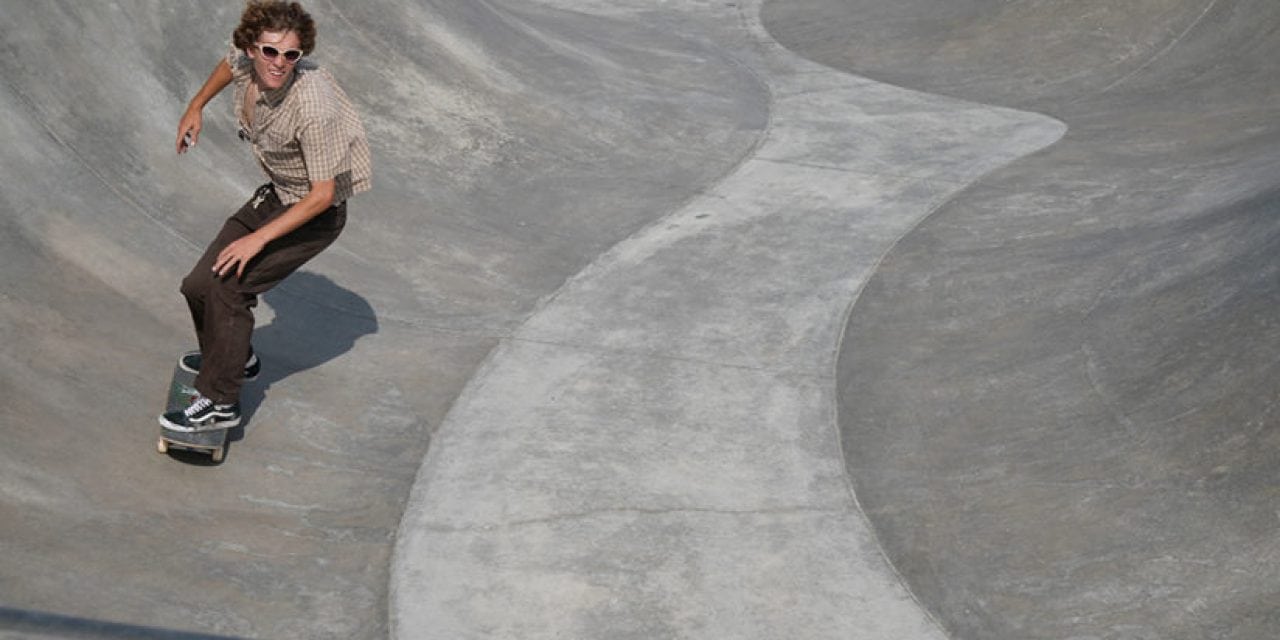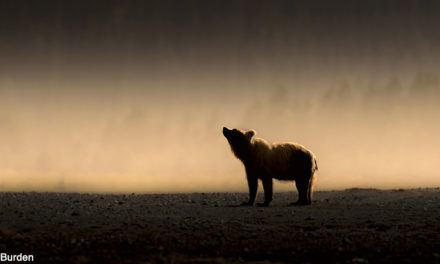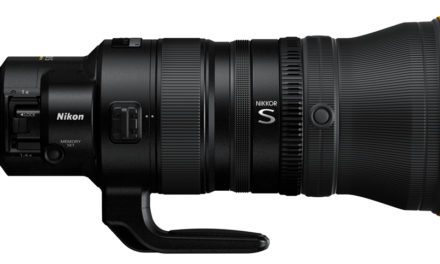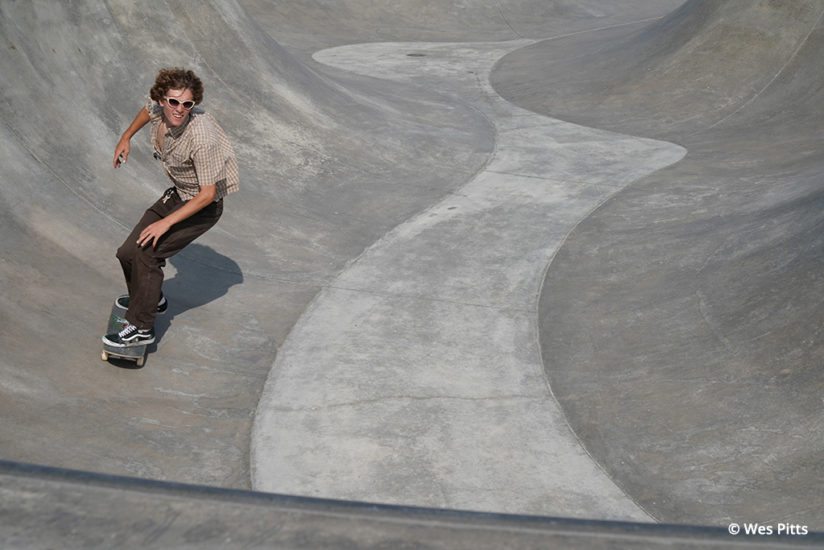
“You’re basically shooting a movie at 20 fps, when you think about it,” Jason Bradley said, handing me back the Sony a9 after shooting with it for the first time. I hadn’t thought about it that way, but he was right.
Speed has been one of the main contentions in the competition between mirrorless cameras and DSLRs. Early mirrorless systems relied on older contrast-detection autofocus technologies, and were handily beat by the phase-detection systems in cameras with moving mirrors. Sony, one of the prime movers in mirrorless cameras, admitted as much with its Translucent Mirror Technology, first introduced in the a55 and a33 SLT cameras in 2010, which uses a non-moving pellicle mirror to divert some of the light coming into the lens to a phase-detection AF system. This enabled faster frame rates and quicker, more precise AF than was possible with the contrast-detection AF of the day.

Significant advances in autofocus technologies have been made in the last few years. With the introduction of hybrid sensor-based phase-detection AF, the usefulness of the mirror is limited to those who prefer an optical viewfinder over an electronic one. The AF system in the Sony a9, the new flagship in its full-frame mirrorless line, employs 693 AF points covering approximately 93 percent of the image area and can make up to 60 focus and exposure calculations per second. In use, it’s incredibly fast and precise, and with no shutter blackout and vibration when using the camera’s electronic shutter, the a9 overcomes key disadvantages of mirror-based systems.
The Sony a9 has both mechanical and electronic shutters. The electronic shutter is what makes possible the camera’s ability to offer shutter speeds up to an incredible 1/32,000 sec. and to capture 20 fps with AF tracking (5 fps when using the mechanical shutter), and in concert with the sensor’s integrated BIONZ X processor, it’s able to maintain that rate for up to 241 RAW frames or 362 best-quality JPEGs at the camera’s full 24.2-megapixel resolution.
That’s where Bradley’s comment resonates. The gradual merging of still and motion capture isn’t an entirely new concept, even in consumer-level cameras. For example, Canon’s EOS-1D X Mark II and EOS 5D Mark IV offer a “4K still frame grab feature,” which allows you to extract an 8.8-megapixel still image from 4K video recordings. What’s different with the a9 is that, while the still-image frame rate is slower at 20 fps compared to the 60 fps possible in video capture, the Sony a9 is delivering the sensor’s full resolution — roughly three times the data — in each frame.
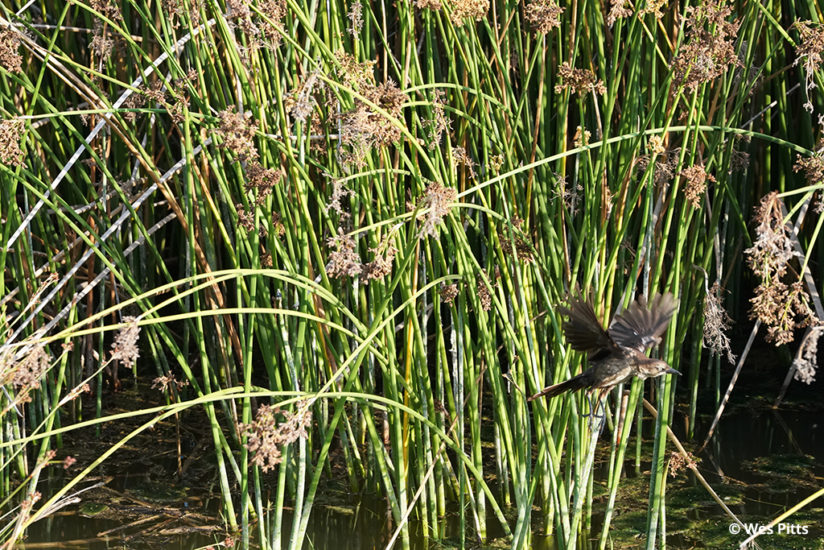
For landscape and still-life photography, this level of speed isn’t needed, but for wildlife and sports photography, the a9 raises the bar and presents a serious challenge to even the top professional DSLRs. For comparison, Canon’s 20.2-megapixel EOS-1D X Mark II tops out at 16 fps in Live View (14 fps with the optical viewfinder) while the 20.8-megapixel Nikon D5 can do up to 12 fps or 14 fps in Live View. When using its electronic shutter, the a9 is faster than both, despite the a9’s greater resolution.
Another advantage of the a9’s electronic shutter for wildlife photography is the camera’s silent shooting mode. We’ve heard over and over from professional wildlife photographers their frustrations about frightening subjects with the rapid-fire clicking of their DSLRs. That’s a problem completely eliminated with the a9’s silent shooting, along with the potential sharpness compromises caused by vibration from moving shutters and mirrors. The only downside to silent shooting, if there is one, is that you might be capturing many more frames than you intended if you’re not paying close attention. It takes some getting used to, and if you prefer, you can allow the camera to make artificial “click” sounds to alert you as each frame is captured.
One objection to mirrorless cameras with some photographers is their electronic viewfinders, especially for long-time photographers who are used to the clarity of optical viewfinders. While we won’t deny anyone their preference, we can say that the a9’s EVF is the best we’ve used. It’s bright and refreshes at a rate of 120 fps, for the closest approximation of an optical viewfinder in our experience. One advantage of EVFs over optical viewfinders is their ability to display the camera’s menus for on-the-fly adjustments and for image playback without needing to use the back-panel LCD, which can be difficult to see in certain lighting conditions.
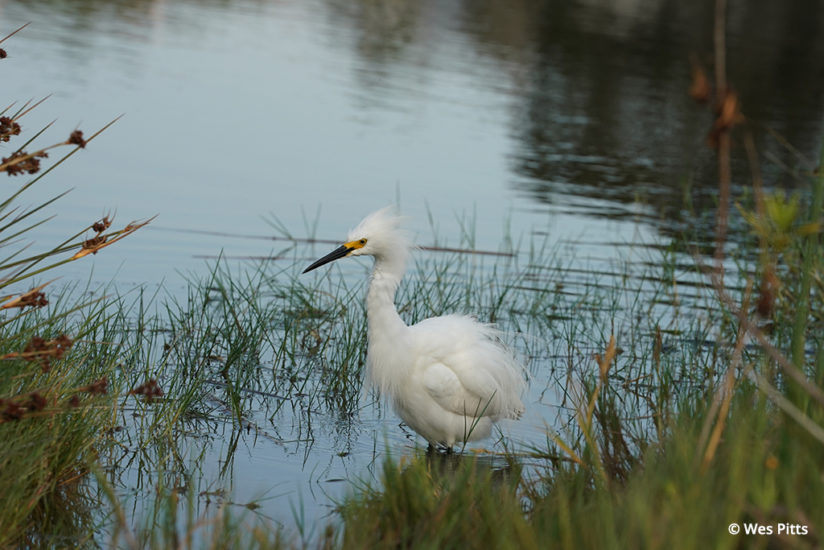
Taking it all together leads us back to the question, “What more do you want from a camera?” We’re reaching a point with camera technology, especially for still imaging, where most photographers’ needs are more than adequately met, and with the a9’s 4K video capabilities, even many videographers’. One downside of features like the EVF is that they’re a drain on batteries. Sony has recognized this and introduced a new NP-FZ100 battery for the a9, which it states doubles the life of its previous battery, able to capture up to 480 frames on a single charge, and which can be further extended with an optional grip that can hold two batteries. And the battery itself is small, so carrying a few extras in your bag isn’t terribly burdensome.
One other reservation for some about Sony’s E-mount system cameras is a more limited selection of lenses compared to Canon and Nikon. It’s a fair concern for professional photographers, and one that Sony has been aggressively remedying — its premium G Master line of optics for E-mount has grown to include six lenses since its introduction in 2016, most recently adding the FE 100-400mm f/4.5–5.6 GM OSS that was introduced alongside the a9.
Together with the G Master 16-35mm f/2.8, 24-70mm f/2.8 and 70-200mm f/2.8 zooms and 85mm f/1.4 and 100mm f/2.8 primes, plus 1.4x and 2.0x teleconverters, Sony has a collection of lenses designed specifically for use with high-resolution sensors that cover the focal lengths most photographers need. What’s missing at this point is a fast super-tele prime like a 500mm or 600mm f/2.8 and tilt/shift lenses, and while these are specialty optics, we’d be surprised if Sony wasn’t thinking about filling these gaps, if not working on it already.
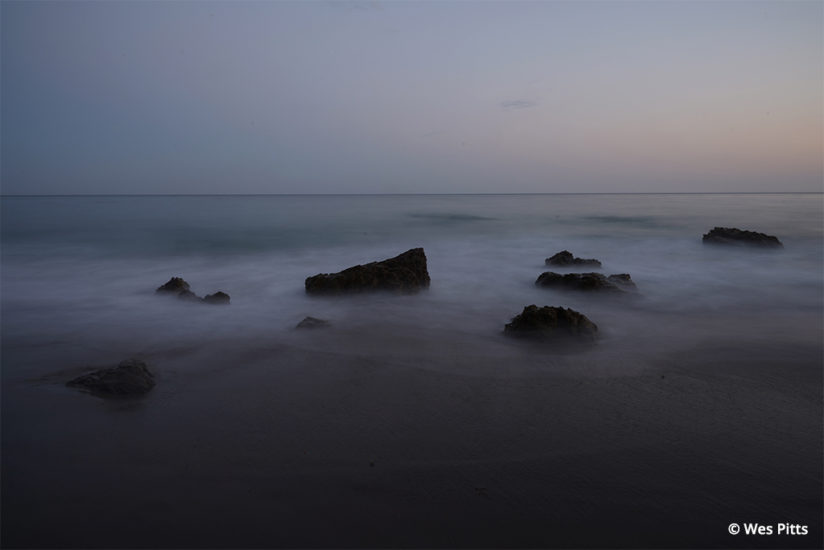
The Sony a9 isn’t inexpensive. At $4,499 for the body only, and G Master lenses that range from $1,499 for the 100mm f/2.8 to $2,599 for the 70-200 f/2.8, you’re in the same ballpark as professional DSLRs and digital medium-format systems. It’s expensive even for Sony’s E-mount system, at $1,800 more than the a7R II. But what you’re getting is the most advanced still camera that Sony has ever made — arguably that any consumer camera maker has released to date.
The post Sony a9: What More Do You Want From A Camera? appeared first on Outdoor Photographer.

